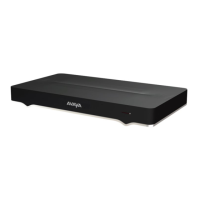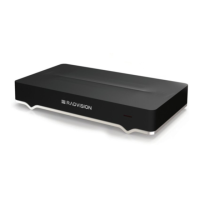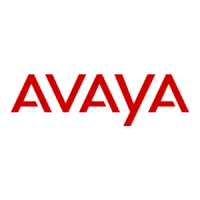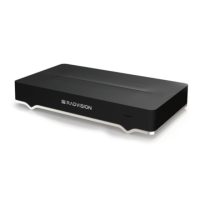Port
Range
Protocol Connection
Points
Functionality Result of Blocking
Port
Required
These are dynamic
UDP ports which the
XT Series uses to
connect simultaneous
H.323 and SIP calls.
Port Range on
the Avaya
Scopia
®
XT
Series on
page 40.
5060 SIP (TCP/
UDP)
XT Series, Any
SIP endpoint
Enables SIP call
signaling for TCP and
UDP.
The XT Series cannot
connect SIP calls over
TCP and UDP.
Mandatory to
support SIP calls
over TCP and
UDP.
5061 SIP (TCP) XT Series, Any
SIP endpoint
Enables SIP call
signaling for TLS.
The XT Series cannot
securely connect SIP
calls over TCP with
TLS.
Mandatory to
support secure
SIP calls over
TCP with TLS.
5070 BFCP (TCP) XT Series, Any
SIP endpoint
Enables SIP video
content (presentation)
signaling.
Video content
(presentation) is not
available for SIP.
Mandatory to
support video
content in SIP
calls.
Related Links
Implementing Port Security for the Avaya Scopia
®
XT Series on page 31
Configuring the TCP or UDP Port Range on the Avaya Scopia
®
XT
Series
About this task
You can configure the TCP or UDP port range by setting the base port, which is the lower end of the
port range (if, for example, port 3230 is busy).
The Avaya Scopia
®
XT Series uses dynamic TCP ports 3230-3250 for the following:
• H.225.0: An H.323 protocol that specifies the messages and procedures used by gatekeepers
to set up calls.
• Q.931: A telephony protocol used for establishing and terminating the connection in H.323
calls.
• H.245: A Control Protocol used for multimedia communication; enables transferring information
about the device capabilities, as well as opening/closing the logical channels that carry media
streams.
• SIP: A signaling protocol used for creating, modifying, or terminating multimedia connections
between two or more participants.
The Avaya Scopia
®
XT Series uses dynamic UDP ports 3230-3248 for enabling real-time H.323 and
SIP media, including audio, video, and H.224/data (RTP), and media control (RTCP).
Planning the Topology of the Avaya Scopia
®
XT Series Deployment
40 Avaya Scopia
®
XT Series Deployment Guide April 2015
Comments? infodev@avaya.com
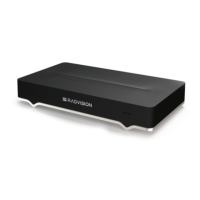
